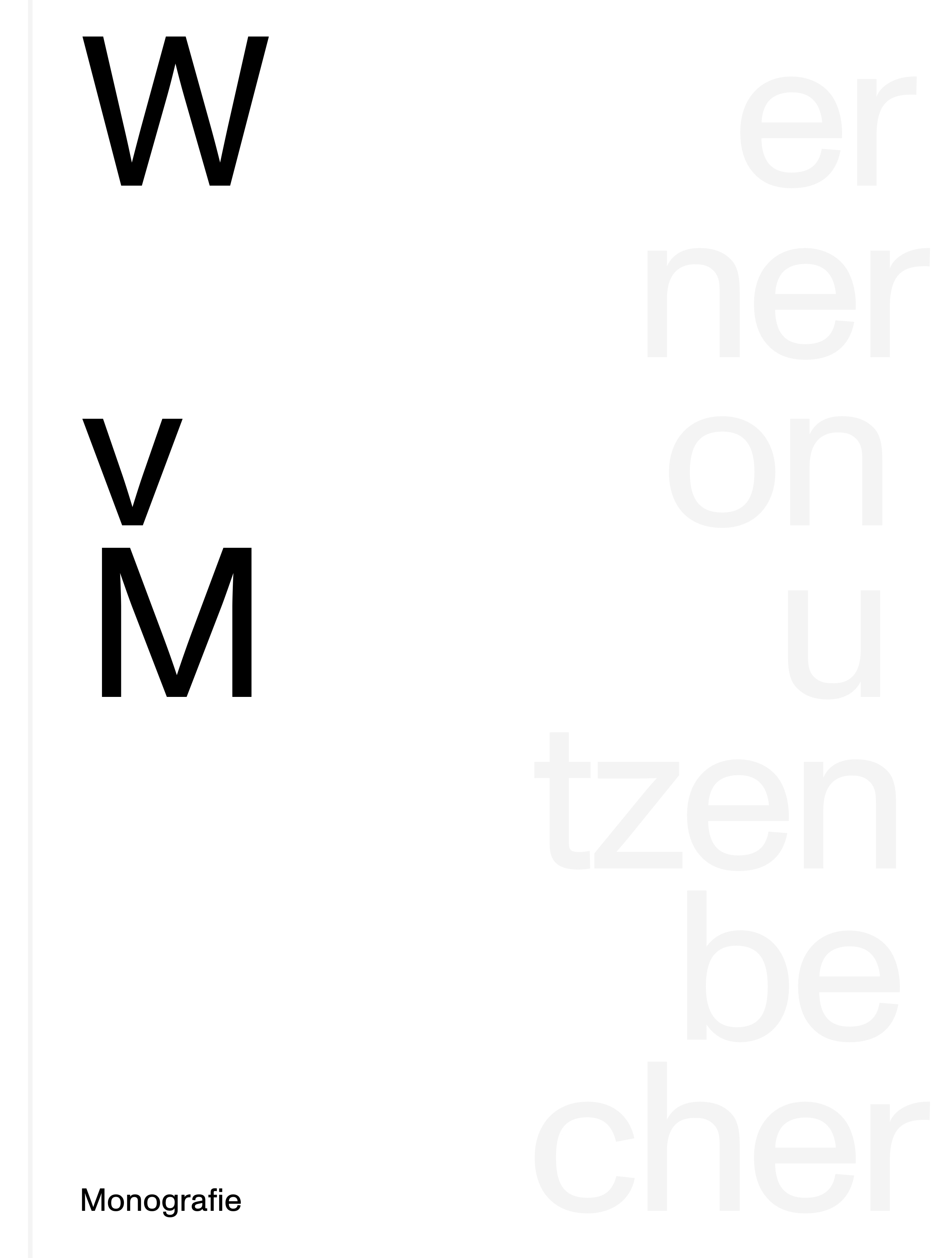Werner von Mutzenbecher
9.9. —
13.11.2022
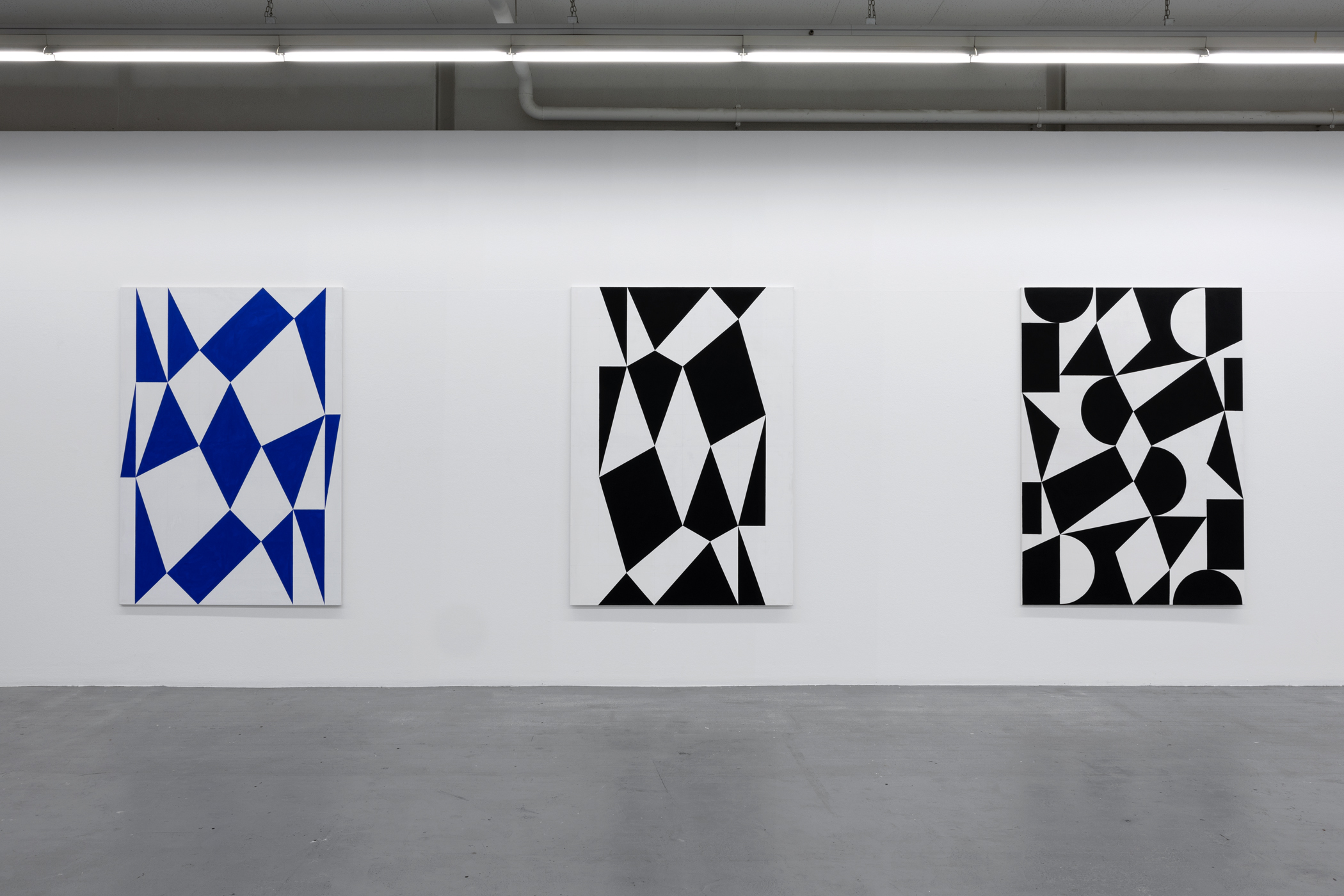

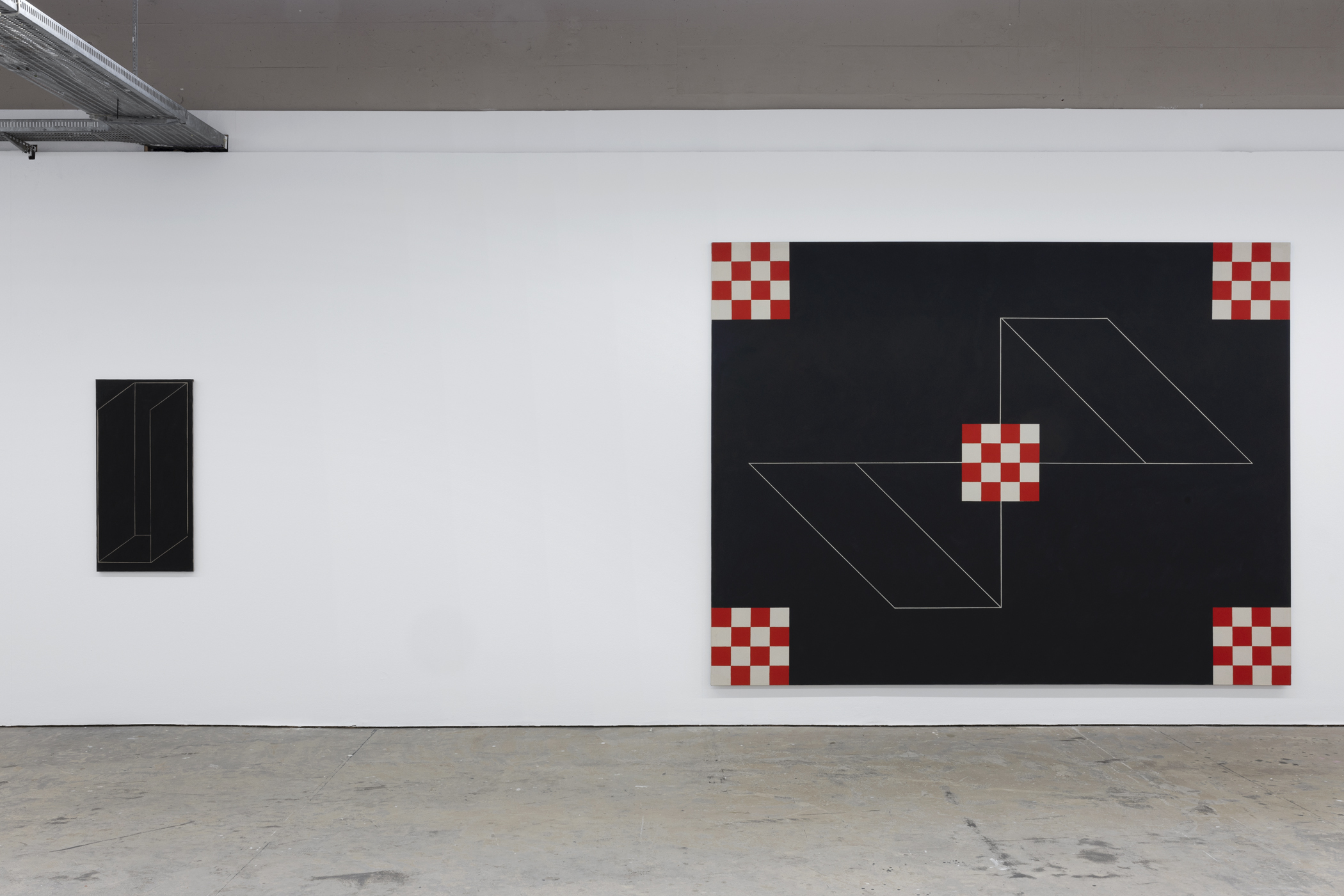
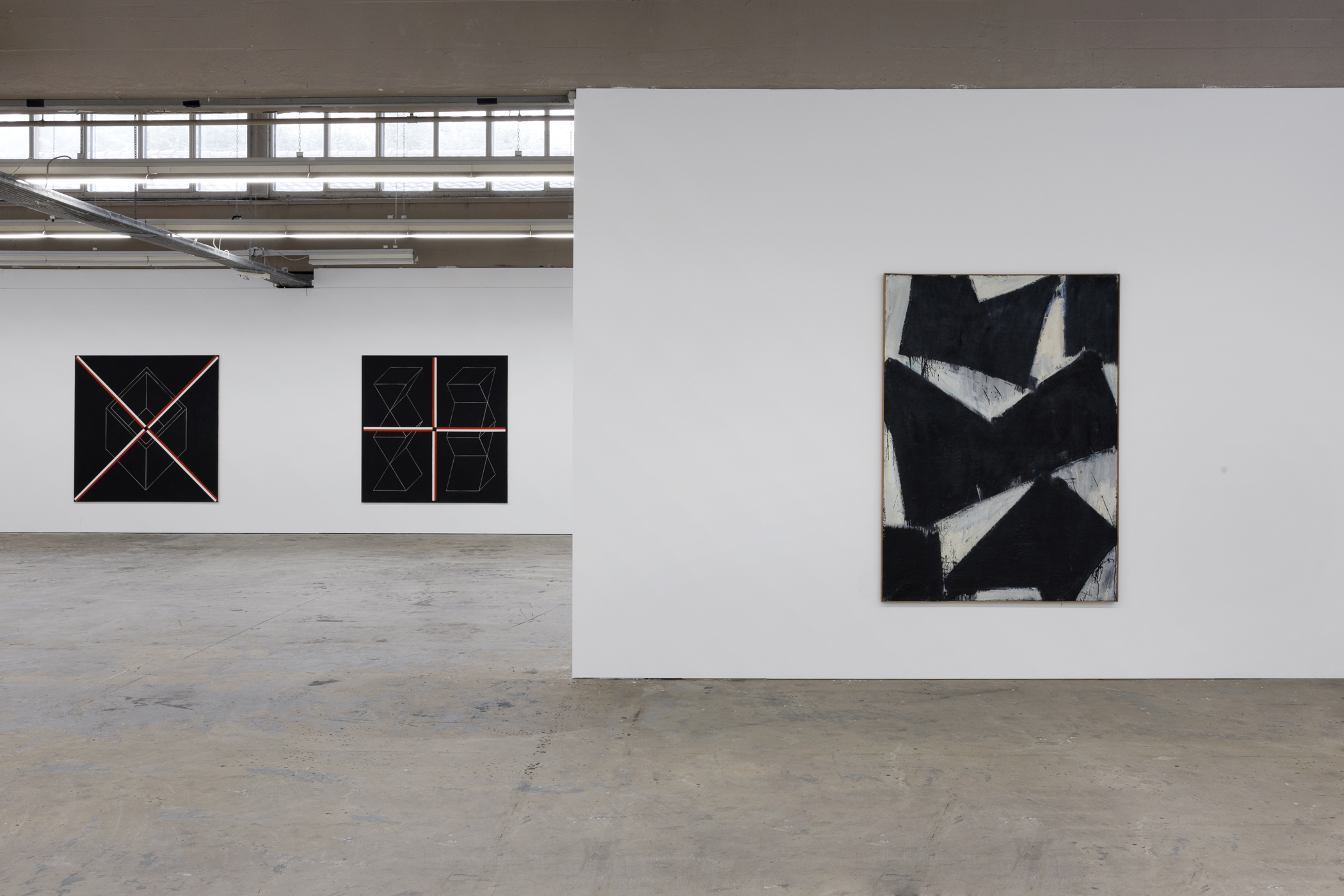
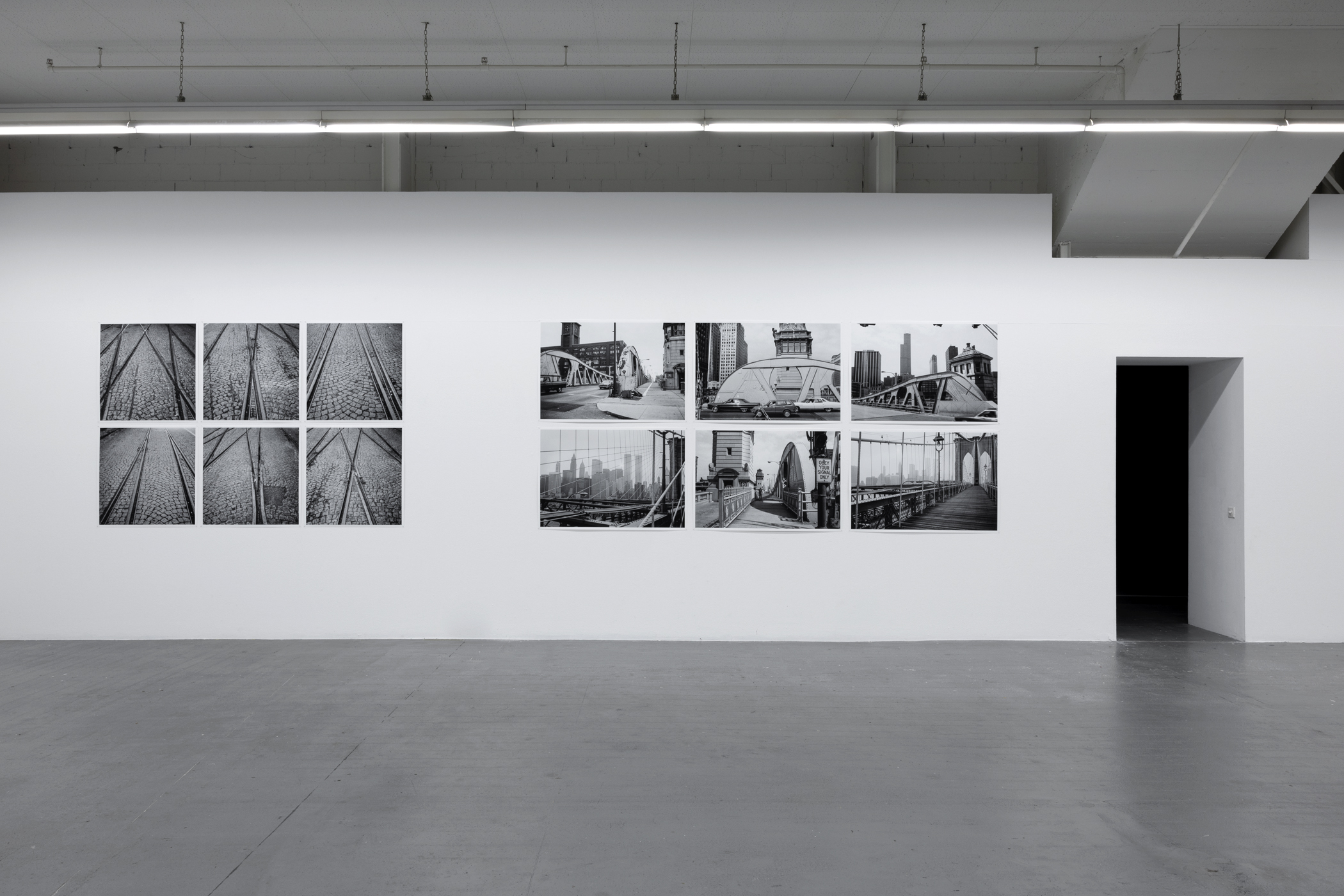
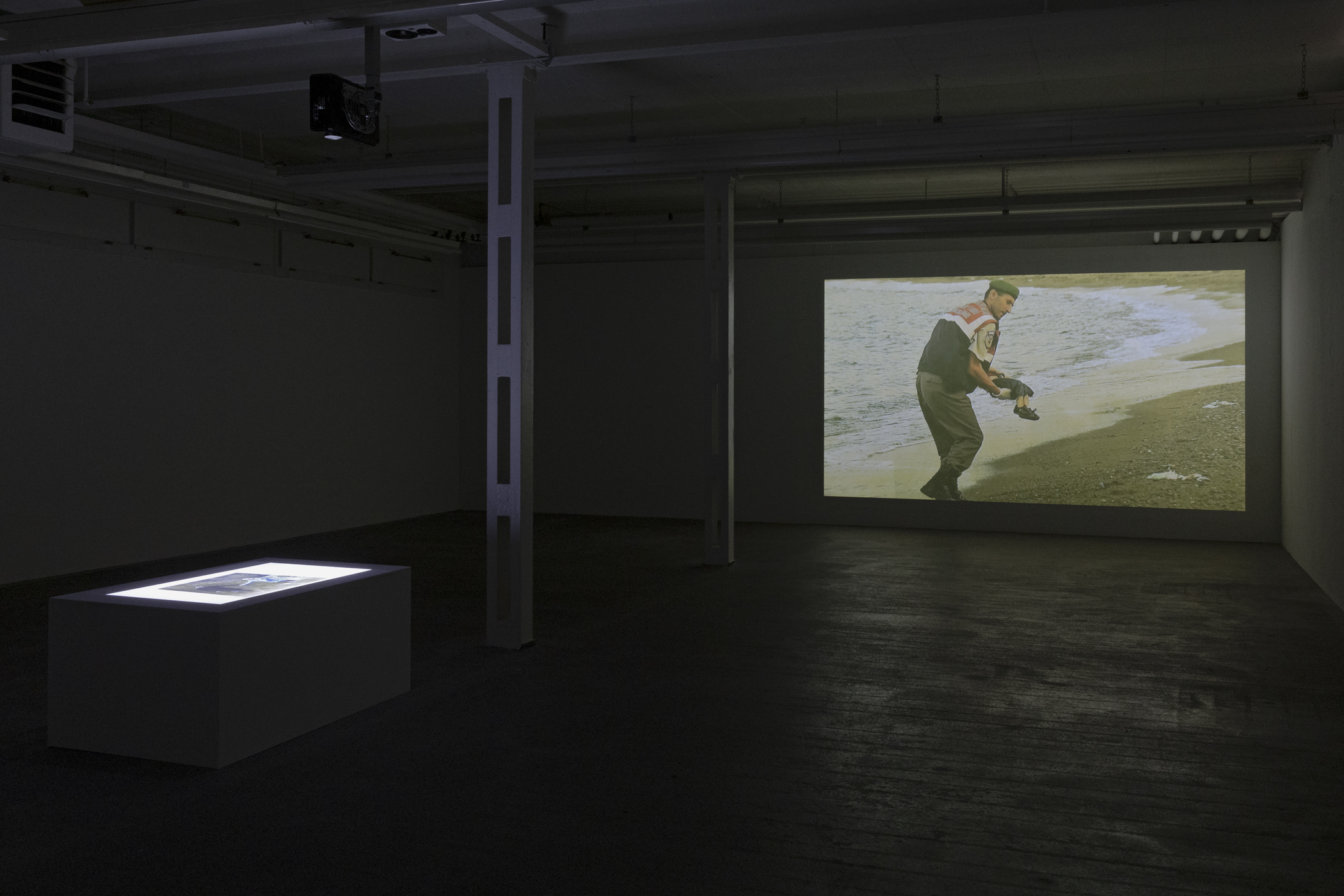
Selected press coverage
ProgrammZeitung, September 2022
Swissinfo.ch, 7. September 2022
Basler Zeitung, 13. September 2022
Riehener Zeitung, 30. September 2022
Publikation
Project partners
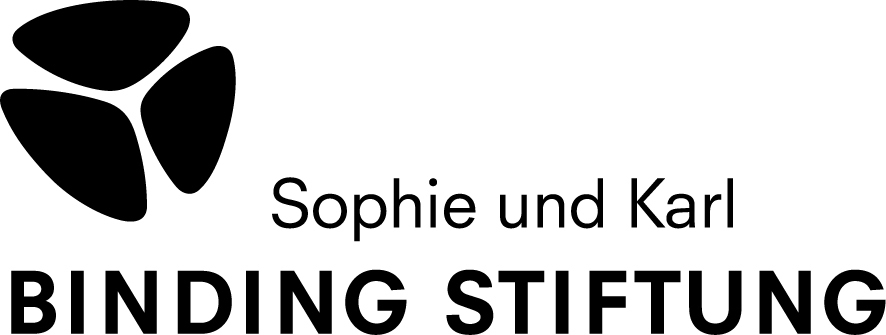
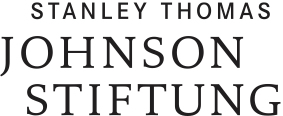
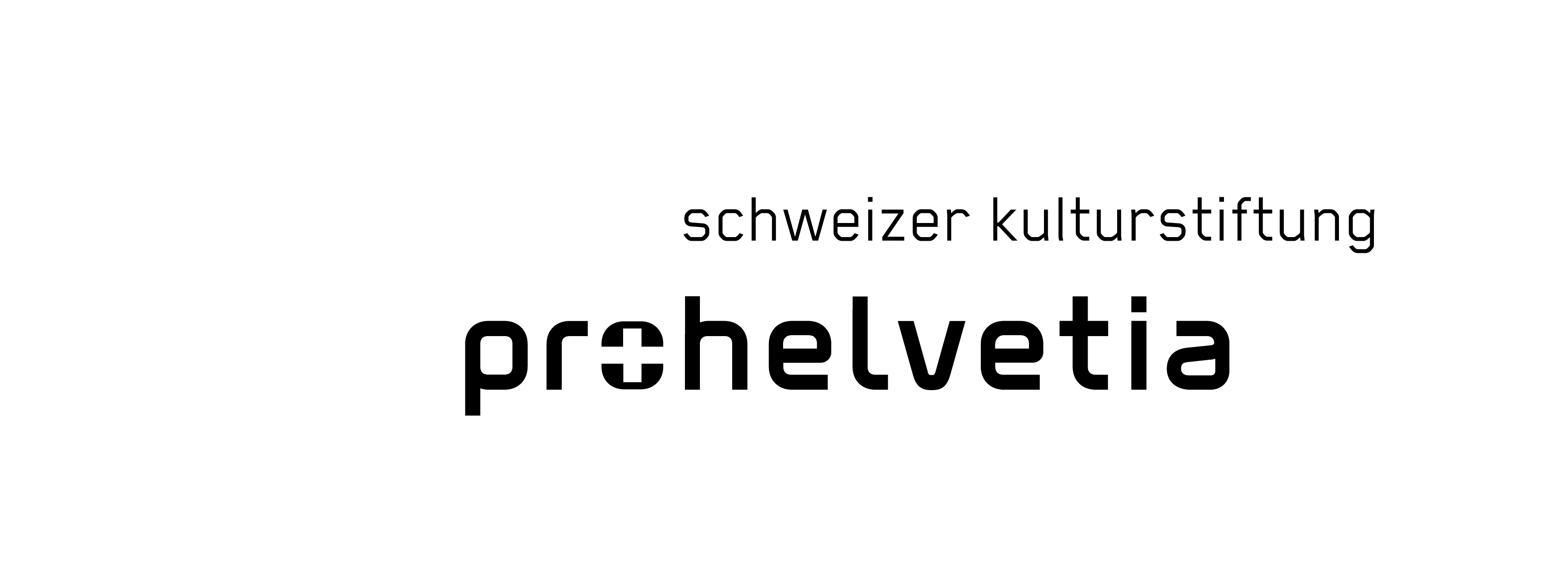
Werner von Mutzenbecher has been one of the main protagonists of the Basel cultural scene since the early 1970s—both as an artist and a long-time teacher at the Basel School of Design, as well as through his interim leadership of Kunsthalle Basel in the 1970s. His works can be found in numerous public and private collections in Switzerland.
With work spanning more than sixty years, von Mutzenbecher has realized an oeuvre that not only includes painting and drawing, but also photography, film (16 mm and Super 8), video, and texts. The exhibition at Kunsthaus Baselland demonstrates how the artist has approached these different techniques and mediums in parallel from the very beginning, as well as how he progressed within his oeuvre from narration to gestural painting to a strong formal vocabulary that is not only present in his painting but also in his film and photography. The works on display are a selection from all mediums and periods, from the late 1950s to the present day. The exhibition is accompanied by his first comprehensive monograph.
It could have proceeded in an almost typical fashion: a retrospective of a multifaceted oeuvre that has been cultivated and driven forward by the artist since the late 1950s. But Werner von Mutzenbecher rightly shies away from such conceptualizations and all-encompassing attempts at retrospection. Moving forward is what matters—little has changed in that regard, even at eighty-five years of age. And even though both our wishes for a large survey exhibition and a comprehensive catalogue are now coming true with his show at Kunsthaus Baselland, the artist ultimately does not seem to find it easy to present more than his most recent works. There is a good reason for this: Werner von Mutzenbecher works relentlessly on his oeuvre, creating drawings, large and small-format paintings, sitting at his own editing suite in the studio, writing texts, editing books, taking photographs, releasing DVDs of his films, giving readings. Even the pandemic seems to have spurred rather than slowed down his artistic activity.
A cornucopia of artistic directions and subjects. A life in pictures. In response to von Mutzenbecher’s exhibition at Kunsthalle Basel in the 1980s, Jean-Christophe Ammann rightly wrote about the artist’s “receptivity to images,” the way that he is able to transform everything he absorbs into pictures—whether drawn, painted, or animated. But how can we present this extensive oeuvre in excerpts? How can we choose representative works, how can we bring those that have never or seldom been seen to the fore while excluding or minimizing others? There is enough content to fill a whole building. However, this was never intended to be an exhaustive exhibition, but rather an exciting journey through his work, accompanied by a monographic catalogue that emphatically illustrates the abundance and rich variety of his oeuvre in texts and images.
The fact that not all the images you encounter in life will be positive, but that you will have to come to terms with them nonetheless, is perhaps especially applicable to Werner von Mutzenbecher. He moved from Silesia to Riehen in Switzerland at an early age, carrying with him the images, experiences, and the family aftermath of the Second World War. And during the decades that followed, in which his own family history began to unfold, this postwar history continued to resonate. The numerous large-format paintings from those years, which Werner von Mutzenbecher gave titles such as KZ-Bilder (Concentration Camp Pictures), Schlachtenbilder (Battle Scenes), or Totenzimmer (Death Rooms), have a mournful and often somber quality about them. A melancholy view of a world lying in ruins. He is not a pessimist, but rather an observant realist who counters the violence of those years with an artistic language in order to be able to name what is often unspeakable.
Something else he named was his Action Paintings, which he began creating in the 1960s by adding layer upon layer of paint to canvases until they could hardly be moved. They seem like a liberation from the years before. Wild, gestural, dark-toned—and yet there are already cubic forms present here that appear to work their way to the surface from the depths of his typically expansive application of paint. The step that follows therefore seems logical: his paintings become lighter, dispersions on cotton instead of oil on coarse burlap; the forms settle down into geometric images; and color also keeps making an appearance alongside black and white. In addition to this, the image space becomes larger and opens up via these geometric shapes, which—similar to building components or boxes—give each form its depth. At the same time, von Mutzenbecher was producing large gouaches on paper, which also heightened the new lightness of his work. In those years, especially the 1970s, von Mutzenbecher not only made significant advances in painting, but also in his work with Super 8 and 16 mm film.
These films reflect his own movement, especially his trips or stays at places such as Rome in 1970/1971. On his grand tour of America a few years later, which took him to New York and Chicago, he carried a handily sized Minox camera with him, which allowed him to react quickly as well as to see and remember in a precise, visual manner. Bridges, railroad lines, skyscrapers—graphic and geometric elements in an urban context—fascinated him. For one thing, they are an echo of what excites him about painting, but they also seem to anticipate what appears to solidify in his paintings and drawings of the 1980s and 1990s: checkered patterns, net and line pictures as well as large gouaches on paper, on which words and sentence fragments appear like flashlights, are created in the sequence. Color also reappears, primarily red and blue alongside black and white. By that time, film and video have become daily companions and reflect von Mutzenbecher’s visual approach. Grounded in the experimental film of this period, they are personal glimpses of the world that can be grasped on both a small and a collective scale.
It is not surprising that after a few years of this painterly experimentation, Werner von Mutzenbecher returned once again to strict abstraction and gave priority to geometry and signs, mostly in black, white, and red. His painterly cosmos is the world around him, his work the abstraction and interpretation of it; its implementation can be at once figurative, abstract or concrete. Perhaps this is the key to Werner von Mutzenbecher’s complexity, to the wealth of media that the artist is able to capitalize upon. The subjects demand the choice of genres, not the other way around. Whether Super 8 or 16 mm films, video, graphic works, photography, large or small-format paintings, prose or volumes of poetry, Werner von Mutzenbecher chooses—to this day—the correct form for what needs to be grasped, understood, captured, remembered, commented on and, above all, translated into an artistic language. Sometimes his own images and narratives are supplemented with those from esteemed colleagues of various generations or even his role models in order to enrich his own canon with both private and collective elements.
During the last visit to his studio, Werner von Mutzenbecher once again showed me some paintings he had just created: a large-format series of vertical paintings that feature crystalline structures and shapes in black, but also blue. A shimmering structure that is able to expand from the canvas over the adjacent wall. Movement in the image and in sequence. Once again, this is a work that carries within itself the many that precede it; it depicts not only painting, but all the genres that Werner von Mutzenbecher is able to advance in such an astonishing and simultaneously masterful way—where else would tomorrow be found? (Ines Goldbach)
Werner von Mutzenbecher, born 1937 in Frankfurt a.M., moved to Riehen, school and studies in Basel. Lives and works in Basel. Stays abroad in Paris and Rome, various trips in Europe (including Poland) and overseas (USA, Mexico, Indonesia). 1977 Curator ad interim at the Kunsthalle Basel. 1973-87 teaching at the Basel School of Design, from 1987-2000 head of the specialist class for free visual design (painting class). From 1967/68: texts, 16 mm and Super 8 films, later also videos. Exhibition activities and film screenings at home and abroad. Various prizes and awards, including the cultural prize of the municipality of Riehen. For detailed information, including all individual and group exhibitions, see the monograph, which will be available at the beginning of October.
Many thanks to all supporters of the exhibition at Kunsthaus Baselland: Sophie and Karl Binding Foundation, Stanley Thomas Johnson Foundation, Canton Basel-Landschaft with kulturelles.bl, Pro Helvetia as well as all those donors who do not wish to be explicitly named. Also a very big thank you to all those who contributed to the success of the exhibition: Kunstkredit Basel-Stadt for the loan and the great Kunsthaus team for the set-up and all the handling, namely Oliver Minder, Sergio Rojas Chaves, Tobias Schläfli, Ines Tondar, Martina Stähli, Salome Tramér, and again a big thank you to Käthe Walser. Thanks also to all those who contributed to the publication as authors, photographers, graphic designers, publishers, translators and editors, namely: Dorothea Weishaupt, Sinja Steinhauser, Sophia Schindler, Gerda Steiner, Guido Nussbaum, Maja Naef/Ralph Ubl, Iris Kretschmar, Isabel Zürcher, André Lehmann, Hansmartin Siegrist, René Pulfer, Hannes Schüpbach, Fritz Billeter, Doris Kern, Ilka Backmeister-Collacott, the team of Good & Cheap, Serge Hasenböhler, Martin P. Bühler, Gina Folly, Silvia Jaklitsch, Gisèle Linder, and many thanks for including the publication in the Sélection d‘Artistes series and in the program of the Verlag für moderne Kunst in Vienna.
